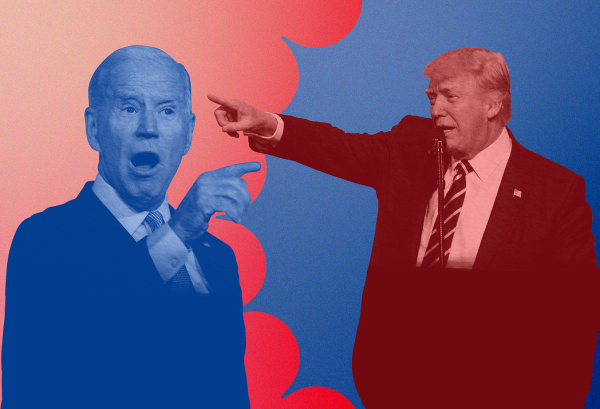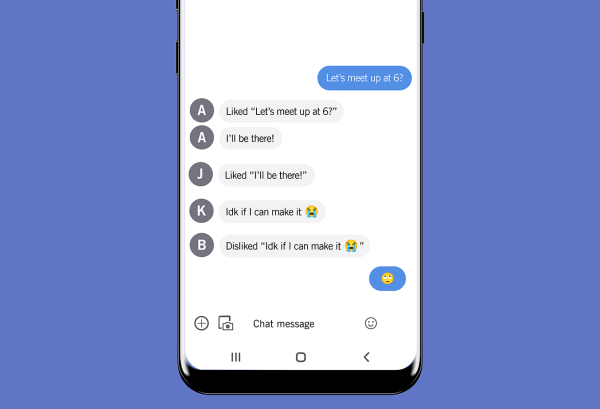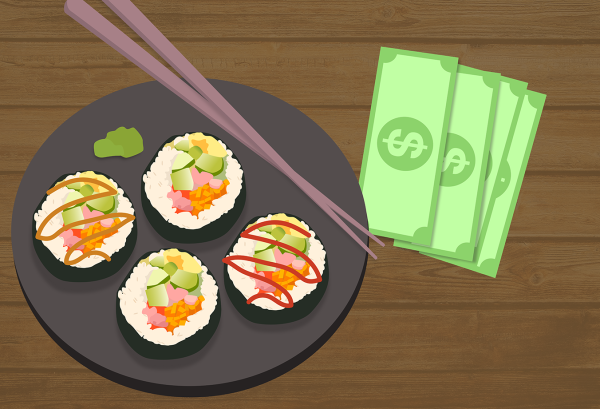Viral photo series challenges masculinity
April 27, 2017
Historically, black men have struggled gaining a sense of masculinity in America. They men were purposely separated from their families, lynched and mutilated to build a power structure against the black community.
Black men have continued to be disproportionately imprisoned, brutalized and subjected to economic disparities and racism that forces them to defend their manhood in ways that are disruptive to their mental health.
In a way, these disparities helped build upon the gender sexualization of black men.
A Human Health Services study surveying Mental Health and African-Americans found that black people are 20 percent more likely to report serious psychological distress than adult whites.
Throughout youth, black men are taught crying is a sense of vulnerability. Black parents teach their sons to be strong and independent. Black men are taught not to feel and that this is normal. Although the image of what a man “should be” was created to systematically govern the population, families continue to enforce it.
Nefertari Pierre-Louis, 16, sought to challenge this, with her photo series titled ‘Boy’s Don’t Cry.’ The series was themed after a movie by the same title that created a dialogue about transgender women.
Known by her Twitter handle @nefipierre, Pierre created the ‘Boys Don’t Cry’ series to challenge the stigma behind male compassion and to embrace what she calls the “sensitive side of black boys.”
Having a chance to speak with the members of the series, Pierre suggested that negative traits including misogyny, homophobia and sexism are directly related to the tradition of masculinity.
As the result of a hateful response, the ‘Boys Don’t Cry’ post went viral in a matter of days, receiving over 32k retweets and 63k likes on Twitter.
You weirdos have a creepy obsession to make the black man come off as gay and soft this shit ain’t. The end is near https://t.co/bTmPoVqop2
— Erick Shakur (@PacDaGoat) April 12, 2017
While the series promoted different reactions from its audience, Louis feels the message was clear. Masculinization should not be encouraged.
i’m so here for this. https://t.co/mqdQF5wdRo
— M. (@luvmaIi) April 11, 2017
Ya mcm saw this photo series and felt that it was an attack on his masculinity 😕 https://t.co/PpidbAaZKI
— Maria Yagnye (@mariayagnye) April 10, 2017
Before Louis’s idea for the series surfaced she spent much of her time observing the qualities of black men.
Louis has always considered herself an ally of men, refering to herself as “one of the boys” because she has many male friends.
Louis credits her friend Greg with inspiration behind ‘Boys Don’t Cry.’
“He had such effeminate emotions while still being straight,” Louis said. “That’s what made me decide that I needed to do this.”
Although Greg would not end up being involved with her series, she recruited four of her closest friends to help guide her vision.
Kaleb Chadwrick was the first of Louis’s friends to be approached with the idea for ‘Boys Don’t Cry.’ He was the focal point of the entire series.
Chadwrick is an 18-year-old aspiring musician. He received separate comments on his photograph and criticism on Louis’ work claiming that the boys are ‘Tranny fags.’
“The backlash shows that this is a big problem in the black community,” Chadwrick said. “It shows that we’re not making this stuff up.”
Often, when a black person speaks out concerning the stigmas created against them during slavery, reconstruction and segregation, they are quickly silenced as a way of expressing that our society is post-racial, and that systematic subjugation is obsolete.
Associate professor for the Department of Gender and Women’s Studies, Dr. Yi Zhang has studied the intersection of race and masculinity since the early 2000s.
He has translated several books on the subject including “Making Sense of Men’s Magazines,” which study the link between masculinity and the political arena.
Zhang has learned that masculinity, while having to do with personal life experiences, is a social system made to impact different groups in different ways.
The creation of the promiscuous and defying black woman juxtaposed with the overly-aggressive, sexualized black male was made to criminalize an entire race of people.
“The structure of hypermasculization was built to control and justify the mistreatment of black men,” Zhang said. “It helped to build the existing power structure in America.”
When black males attempt to challenge these stereotypes head on, they risk losing the credibility they hold in society.
Former NBA star Dennis Rodman has been openly labeled as irrational and shunned by basketball professionals for his stance on gay pride.
Former NFL star Michael Sam switched to a career in communications after receiving backlash from openly kissing his partner.
Artists like Frank Ocean lost most of his heterosexual male fan base when he came out as bisexual on Twitter in 2013.
“Everyone is impacted by this,” Zhang said.
In the series, Louis wanted to highlight society putting gender preferences on ‘simple’ items including fingernail polish, flowers and hair clips where she felt they shouldn’t.
Chadwrick hopes that people pay less attention to what is being portrayed in each image and focus on the symbolism behind them.
“We are not necessarily supporting or opposing men wearing nail polish or hair clips,” Chadwrick said. “We are showing that it is OK to be feminine… that it is OK to cry.”
Yasharwan Blain,16, described himself as a casual participant in the series who wanted to express ‘peace, love and positivity.’
He described the initial confrontation about the idea for the series as obscure, not knowing what to expect.
“I was the guy with the pink flowers in his hair,” Blain said. “I didn’t really have a role, I left all the creativity up to Nef.”
Blain said that while he believes that the negative comments on the series are harsh, he is interested in seeing the series through different perspectives.
@nefipierre This is trash. No thanks
— BEATINGU (@wantonViolence) April 9, 2017
@nefipierre Why yall tryna make us look gay all the time….
— Le’Durag Moussie (@Wellbreastfed) April 9, 2017
Louis challenged the negativity behind her work to create dialogue surrounding the issue of emasculation.
She has responded to multiple tweets and shared the post to Tumblr, which she felt was a more inclusive environment.
“The majority, if not all of its users are very artistic, positive and open-minded,” Louis said. “Twitter is undoubtedly more opinionated, harsh and humorous.”
After having the opportunity of speaking with Evan Weiss, McClatchy National Growth Editor, the differences between the two were clear.
“Twitter has a far-right component that Tumblr doesn’t,” Weiss said. “Tumblr is a more accepting platform.”
In his background as a social media editor, Weiss noticed that the posts to go viral are often those that resonate with people.
In Weiss’s field, Tumblr is known as the ‘social-justice’ social network and he claims its reputation could have attributed to the success of ‘Boys Don’t Cry.’
“Viral posts are usually powerful,” Weiss said. “They usually create a conversation that is already going on but in a way that has never been seen before.”
Throughout the project, Louis worked as an activist in support of her people.
She felt, regardless of the current political climate or what was going on in the media, the best time to take a stand was now.
With the ‘Boys Don’t Cry’ photo series, Louis hopes to help shift society in a direction that allows men to express themselves.
“I want to erase the perspective that society puts on men that emotion is gay,” Louis said. “I want a new mindset for some people.”
Email [email protected]



















































































































































